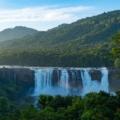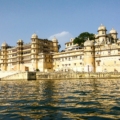Where to Go in India Based on Weather This Monsoon (2025 Edition)
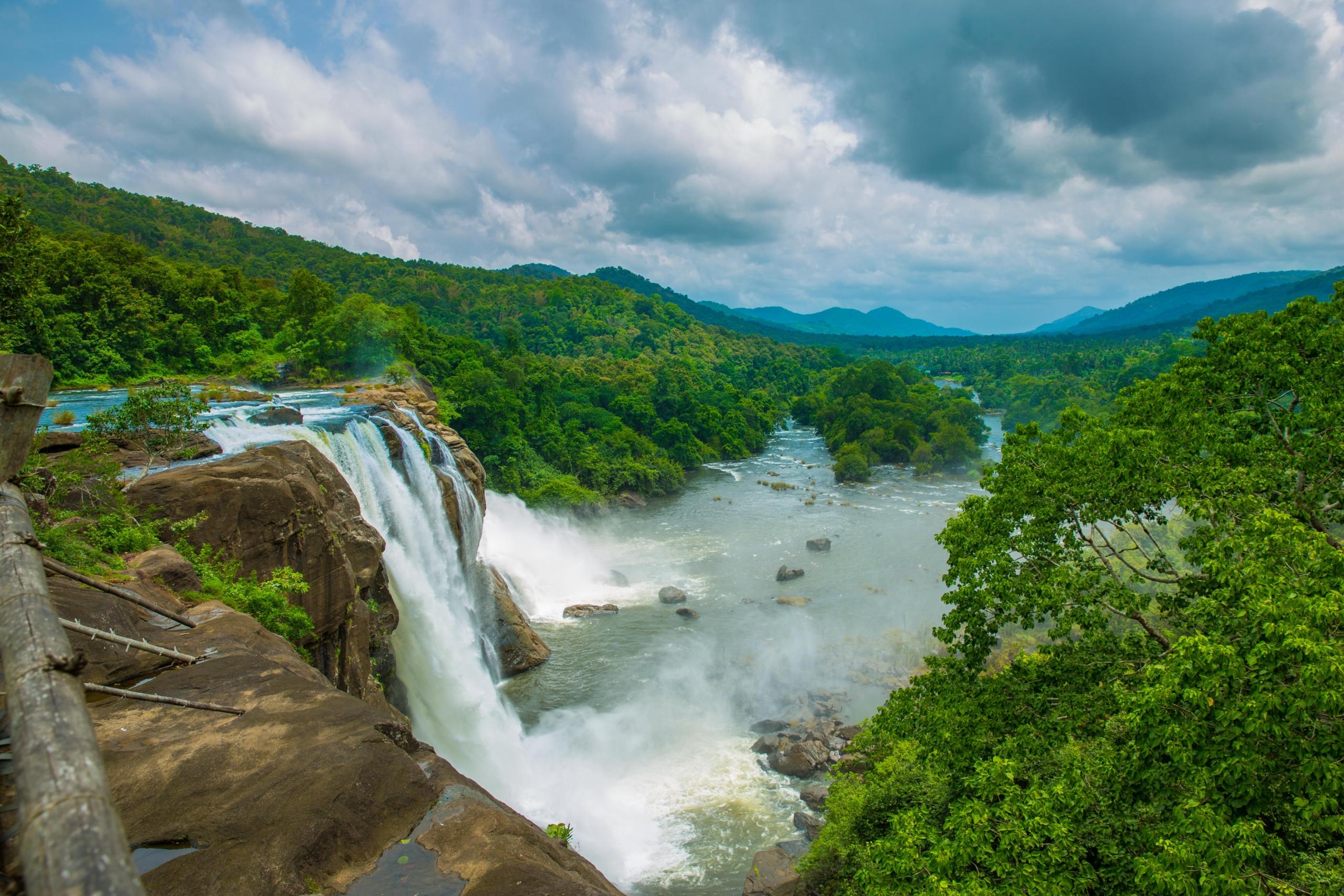
Planning your travels based on the weather this monsoon becomes essential after India experienced another intense heatwave in India during the pre-monsoon months. As AccuWeather India and meteorological departments track the monsoon in India patterns, travelers can finally breathe easy knowing relief is coming. The rains in India bring a magical transformation that awakens every corner of the subcontinent with lush greenery, cascading waterfalls, and significantly cooler temperatures. Whether you’re seeking romantic getaways, family adventures, or solo explorations, the weather in India during monsoon season offers unique experiences that simply aren’t available during the scorching summer months. From the misty hills of the Western Ghats to the tea gardens of Darjeeling, each region presents its own monsoon personality shaped by how the rains in India interact with local geography. The key lies in understanding where to go and when, ensuring you witness nature’s grand spectacle while staying safe and comfortable after months of oppressive heat.
In this Blog
Understanding India’s 2025 Weather This Monsoon
The monsoon weather in India in July and August 2025 promises to be particularly spectacular, with AccuWeather India predictions suggesting well-distributed rainfall across the country following the intense heatwave in India experienced earlier this year. Understanding these patterns is crucial for planning your perfect monsoon getaway, as different regions experience peak precipitation at varying times based on how the monsoon in India develops.
2025’s Early Rains in South India
South India monsoon getaways are experiencing an early onset this year, with Kerala receiving its first rains in India by late May, providing much-needed relief after the severe heatwave in India. The Western Ghats are already showing signs of rejuvenation, making it an ideal time for nature enthusiasts. According to AccuWeather India forecasts, Karnataka’s hill stations like Coorg and Chikmagalur are witnessing consistent rainfall, while Tamil Nadu’s Nilgiri region is transforming into a verdant paradise. This early arrival means travelers can plan their visits from June onwards to witness the full monsoon magic and escape the oppressive heat that dominated the weather in India during April and May.
Southwest vs Northeast Monsoon in India
India experiences two distinct monsoon systems that create diverse travel opportunities and relief from extreme weather in India. The Southwest monsoon in India (June-September) affects most of the country, bringing heavy rains to the Western Ghats monsoon tourism regions after months of intense heatwaves in India. Meanwhile, the Northeast monsoon (October-December) primarily impacts Tamil Nadu and parts of Karnataka. AccuWeather India data shows this pattern helps you choose the right monsoon destinations in India 2025 based on your travel timeline and desire to escape the heat.
Best Months for Travel in Indian Weather This Monsoon (June-September)
June marks the beginning of monsoon magic in the best places to visit in monsoon India, with Kerala and Karnataka leading the charge. July and August represent peak monsoon months, perfect for waterfall enthusiasts and those seeking dramatic landscapes. September offers a balanced experience with moderate rainfall and clearer skies, making it ideal for photography and outdoor activities.
Weather Safety Tips for Monsoon Travel
Before embarking on your monsoon adventure, check local weather forecasts and road conditions. Coastal areas may experience cyclonic activity, while hill stations can have sudden weather changes. Always carry waterproof gear, inform someone about your travel plans, and avoid isolated areas during heavy rainfall warnings. This preparation ensures your India monsoon travel guide 2025 experience remains safe and enjoyable.
Top Famous Monsoon Destinations In India (2025)
1. Kerala in July
Kerala transforms into a tropical paradise during the monsoon season, earning its reputation as one of the premier monsoon destinations in 2025. The backwaters of Alleppey and Kumarakom become more enchanting with the weather this monsoo,n creating gentle rainfall that forms ripples across the serene waters. Hill stations like Munnar and Wayanad showcase vibrant tea plantations and spice gardens at their greenest. The Western Ghats come alive with numerous monsoon waterfalls, including the spectacular Athirapally Falls. Visitors can expect temperatures ranging from 23-30°C, making it comfortable for exploration. The best time within the monsoon season is July-August, when rainfall is consistent but not overwhelming. Pack lightweight, quick-dry clothing, sturdy waterproof footwear, and a good raincoat. Don’t forget mosquito repellent and waterproof phone covers for those Instagram-worthy shots of mist-covered landscapes.
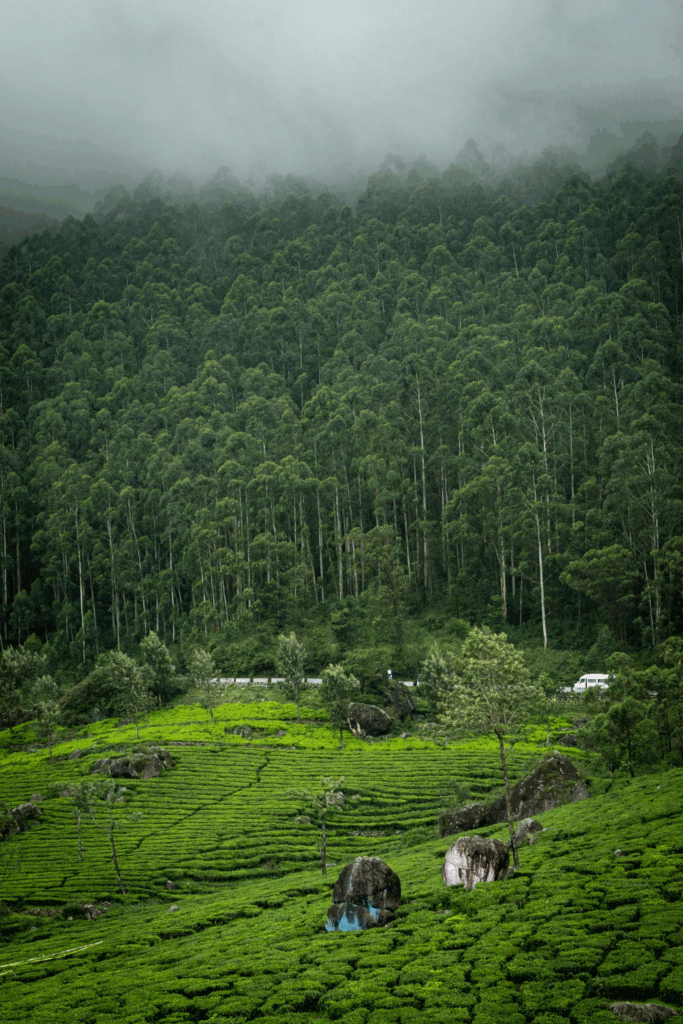
Picture Credits: Salem Raju via Pexels
2. Goa for Its Monsoon Waterfalls
Goa during monsoons reveals a completely different personality from its beach-party image, especially with how the weather this monsoon transforms the landscape. The monsoon waterfalls in India season bring spectacular cascades like Dudhsagar, Arvalem, and Tambdi Surla to life. The countryside becomes lush green with paddy fields reflecting the sky. Expect afternoon showers followed by clear evenings, perfect for exploring spice plantations and heritage sites. Temperatures hover around 25-30°C with high humidity. Visit between June and August for the best waterfall experiences. The newly opened villa properties in Goa offer excellent monsoon retreats with indoor entertainment options. Pack waterproof trekking shoes, an umbrella, and light cotton clothes. Pro tip: book accommodations away from beach areas to enjoy the authentic monsoon Goa experience while having access to indoor activities during heavy downpours.

Picture Credits: Wkimedia Commons
3. Lonavala or Mahabaleshwar (Top monsoon destinations in Maharashtra)
These best hill stations in Maharashtra near Mumbai become absolutely magical duthe ring monsoon season. The famous Lonavala chikki shops and Mahabaleshwar’s strawberry farms offer perfect pit stops between exploring scenic viewpoints. The region experiences heavy rainfall from June to September, creating numerous temporary waterfalls and making the landscape incredibly photogenic. Tiger’s Leap, Bhushi Dam, and Elephant’s Head Point offer breathtaking monsoon views. Temperatures drop to a pleasant 20-25°C, providing relief from Mumbai’s humidity. Visit during July-August for peak green landscapes, but be prepared for weekend crowds. Pack warm clothes for evenings, non-slip footwear, and rain gear. Many luxury villas in Lonavala and Mahabaleshwar offer spectacular valley views and cosy fireplaces, perfect for romantic monsoon getaways, while being easily accessible from major cities.

Picture Credits: Ankur Panchbud via Flickr
4. Coorg in Monsoon
Known as the Scotland of India, Coorg becomes even more enchanting during monsoons. The offbeat monsoon destinations India 2025 list wouldn’t be complete without this coffee plantation paradise. Abbey Falls, Irupu Falls, and numerous unnamed cascades create a symphony of water throughout the region. The coffee estates appear at their most vibrant, with the aroma of fresh coffee beans mixing with petrichor. Expect temperatures around 15-25°C, perfect for outdoor activities. The monsoon season from June to September is ideal for plantation walks and river rafting. Pack layered clothing as temperatures can drop suddenly, waterproof hiking boots, and a good camera for capturing mist-covered hills. Homestays and boutique resorts offer authentic Coorgi hospitality with traditional meals and coffee plantation tours, making it perfect for those seeking cultural immersion alongside natural beauty.

Picture Credits: Wikimedia Commons
5. Valley of Flowers in August
This UNESCO World Heritage site in Uttarakhand showcases nature’s artistry during the monsoon season. This is one of those hidden gems of monsoon travel in India that offers an experience that is unparalleled, with over 300 species of flowers blooming between July and August. The trek to the Valley of Flowers becomes more challenging but incredibly rewarding during monsoons. Expect cool temperatures ranging from 10-20°C and occasional rainfall. The best time is mid-July to early August when flowers are in full bloom. This destination requires good physical fitness and proper trekking gear. Pack warm clothes, rain gear, sturdy trekking boots, and first aid supplies. The journey involves a trek from Govindghat, so lightweight, quick-dry clothing is essential. Book accommodations in Joshimath or Ghangaria in advance, as this popular destination fills up quickly during the blooming season.
6. Trip to Darjeeling in Monsoon
The Queen of Hills offers spectacular monsoon experiences with its famous toy train chugging through mist-covered tracks, showcasing how the weather this monsoon creates magical moments. Tea gardens appear at their most photogenic during the monsoon weather in India, especially from July to August. While Kanchenjunga views might be obscured by clouds, the town’s colonial charm shines through cosy cafes and local markets. Temperatures range from 15-20°C, requiring light woolens. The best time to visit Darjeeling would be between June and August for an authentic monsoon experience, though September offers clearer mountain views. Pack warm clothes, an umbrella, comfortable walking shoes, and a good book for rainy afternoons. Many heritage hotels offer fireplaces and hot tea service, perfect for enjoying the monsoon ambiance. Don’t miss the local monsoon delicacies like momos and thukpa, which taste even better during the cool, rainy weather.

Picture Credits: CIFOR-ICRAF via Unsplash
7. Cherrapunji Rains – One of the top monsoon destinations in North East India
One of the wettest places on Earth, Cherrapunji in Meghalaya, offers the ultimate monsoon experience. The living root bridges become more fascinating during heavy rainfall, and numerous waterfalls reach their peak flow. This Northeast India monsoon place experiences extreme rainfall, so visitors should be prepared for wet conditions. Temperatures remain moderate at 20-25°C throughout the monsoon season. July-August offers the most dramatic rainfall experiences, while September provides better trekking conditions. Pack completely waterproof gear, including dry bags for electronics, sturdy rain boots, and multiple sets of clothes. The unique culture of Meghalaya, combined with stunning landscapes, makes this destination perfect for adventure seekers. Local guides are essential for exploring root bridges and hidden waterfalls safely during the monsoon season.
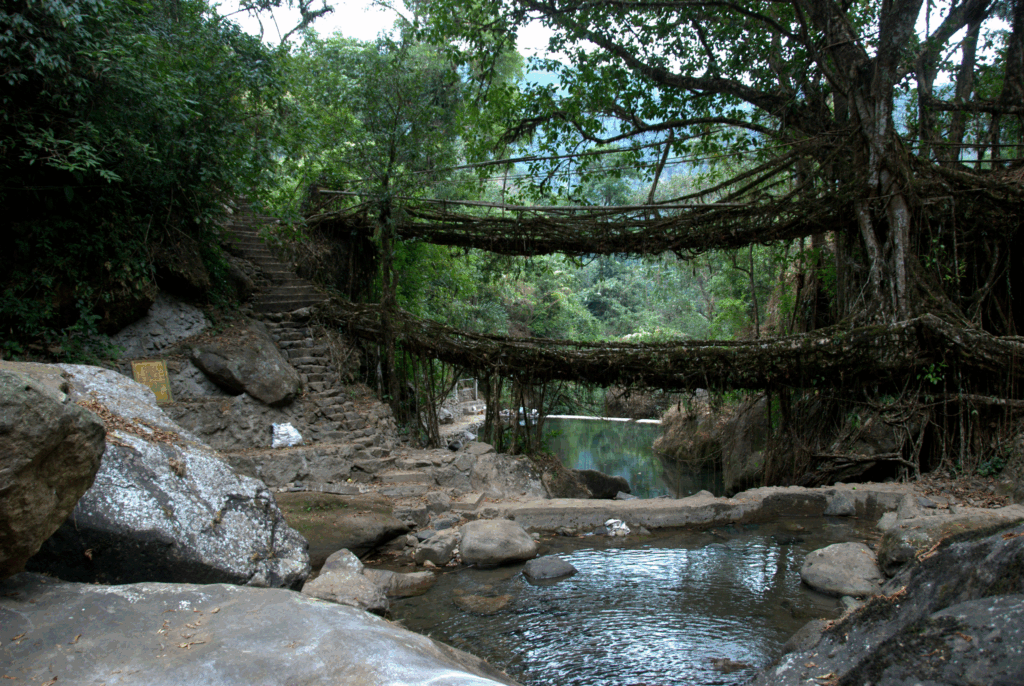
Picture Credits: Wikimedia Commons
8. Aizawl trip in Monsoon
The capital of Mizoram offers a unique monsoon experience with its hilly terrain and vibrant local culture. As one of the adventure monsoon travel destinations in India, Aizawl provides opportunities for exploring local markets, trying traditional cuisine, and enjoying panoramic valley views despite the rains. The city experiences moderate rainfall with temperatures around 20-28°C. June-August is ideal for experiencing local festivals and monsoon culture. Pack light woolens for evenings, rain gear, and comfortable walking shoes for navigating hilly streets. The city’s infrastructure handles monsoon well, making it safer than some other destinations. Local homestays offer authentic Mizo hospitality and traditional meals, providing cultural immersion alongside natural beauty.
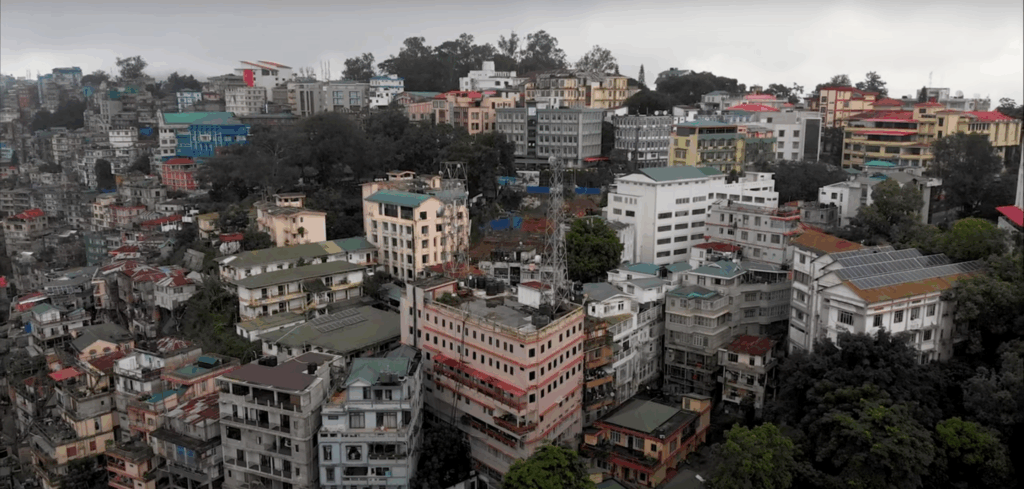
Picture Credits: Wikimedia Commons
9. Gangtok or Pelling in August
Sikkim’s capital and nearby Pelling offer spectacular monsoon experiences with views of Kanchenjunga (weather permitting) and beautiful monasteries. The region’s unique Buddhist culture combines perfectly with monsoon landscapes. Temperatures range from 15-22°C, making it comfortable for exploration. Visit between June and August for the full monsoon experience, though mountain views are better in September. Pack layered clothing, rain gear, and sturdy shoes for monastery visits. The region offers numerous indoor cultural experiences, making it perfect for family-friendly monsoon destinations. Many eco-resorts and boutique hotels provide stunning valley views and traditional Sikkimese hospitality.
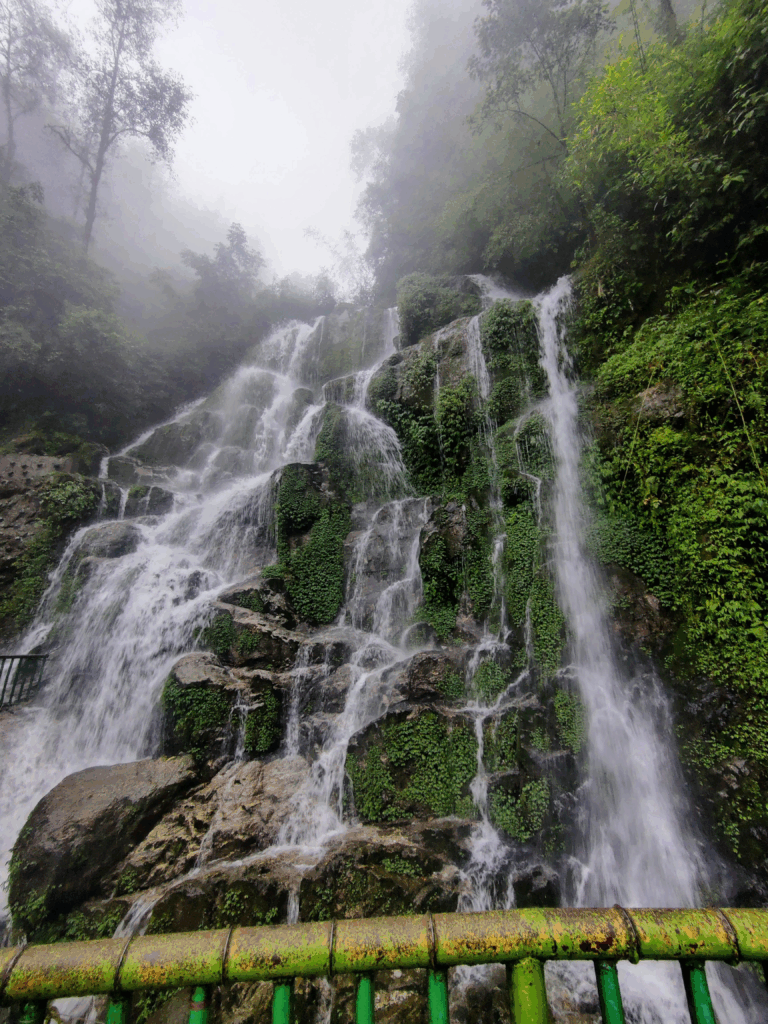
Picture Credits: Gaurav Purohit via Pexels
10. Araku Valley – Offbeat Destinations in India
This hidden gem in Andhra Pradesh becomes a spectacular monsoon destination with its tribal culture and coffee plantations. The toy train journey from Visakhapatnam to Araku becomes even more scenic during monsoons. Expect temperatures around 18-25°C and moderate rainfall. July and August offer the best landscapes and tribal festival experiences. Pack light cotton clothes, rain gear, and comfortable shoes for plantation walks. The valley offers authentic tribal experiences and locally grown coffee, making it perfect for cultural and culinary exploration during monsoon season.

11. Agumbe or Kudremukh – Must-Visit Hill Stations in South India
Karnataka’s Western Ghats monsoon tourism jewels offer incredible biodiversity and research opportunities. Agumbe, known as the Cherrapunji of South India, provides excellent wildlife viewing and photography opportunities. Kudremukh’s rolling hills and diverse ecosystems are at their peak during monsoons. Temperatures range from 20-25°C with heavy rainfall expected. Visit between June and August for the best wildlife and landscape photography. Pack waterproof camera gear, trekking shoes, and insect repellent. These destinations are perfect for nature enthusiasts and those seeking educational travel experiences.
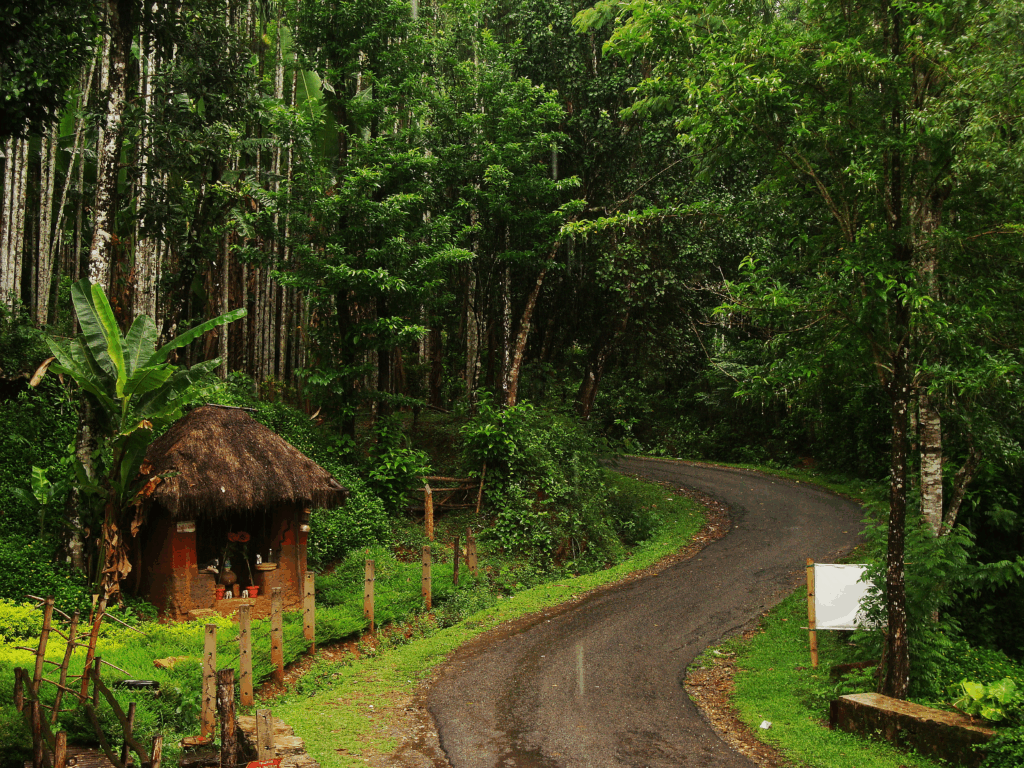
Monsoon Travel Tips 2025 & Safety
Monsoon travel in India requires careful planning and preparation to ensure both safety and enjoyment, especially considering how unpredictable the weather this monsoon can be. Understanding the unique challenges and opportunities of this season will help you make the most of your monsoon travel tips India adventure while staying safe and comfortable.
Road Conditions and Transport: Monsoon season significantly impacts road conditions across India, particularly in hill stations and coastal areas, where the weather this monsoon affects visibility and road safety. Many routes become slippery and prone to landslides, especially in the Western Ghats and the Himalayan regions. Always check current road conditions before departing and consider flexible travel dates. Train travel often becomes more reliable than road transport during heavy rainfall periods. Book accommodations with good connectivity and avoid isolated locations that might become inaccessible during heavy downpours. For safe monsoon destinations in India, choose well-established routes and inform local contacts about your travel plans. Many hill stations have alternative routes, so research backup options before traveling.
Health Precautions: Monsoon season brings increased risk of waterborne diseases and mosquito-borne illnesses. Carry a comprehensive first aid kit including antiseptic, bandages, and prescribed medications. Drink only bottled or properly purified water, and avoid street food from questionable sources. Pack mosquito repellent, long-sleeved clothing for evenings, and any personal medications in waterproof containers. Consider carrying oral rehydration salts for potential stomach issues. Many budget-friendly monsoon places in India have limited medical facilities, so prevention is crucial. Keep emergency contact numbers handy and consider travel insurance that covers monsoon-related issues.
What to Pack: Smart packing makes the difference between a memorable and miserable monsoon experience. Waterproof your electronics with plastic bags or waterproof cases. Pack quick-dry clothing, as cotton takes too long to dry in humid conditions. Include sturdy, non-slip footwear, an umbrella, a raincoat, and a few plastic bags for wet clothes. Don’t forget warm layers for hill stations where temperatures drop significantly. A good headlamp or flashlight is essential for power outages common during storms. Pack extra batteries and portable chargers to keep devices functional.
Photography Tips: Monsoon season offers incredible photography opportunities with dramatic skies, waterfalls, and lush landscapes. Protect your camera equipment with waterproof covers and silica gel packets to prevent moisture damage. Early morning and late afternoon provide the best lighting despite overcast conditions. Capture the contrast between rain-washed landscapes and stormy skies. Use polarizing filters to cut through haze and enhance colors. Don’t miss opportunities to photograph local life during monsoons – people using umbrellas, children playing in rain, and traditional monsoon activities create compelling images that tell the story of India’s relationship with its annual rains.
India’s monsoon season offers an extraordinary opportunity to witness the country’s natural beauty at its most dramatic and vibrant, especially when you understand the weather this monsoon and plan accordingly. From Kerala’s rejuvenated backwaters to the misty hills of Darjeeling, each destination provides unique experiences that showcase the transformative power of monsoon rains. Planning your travels around the weather this monsoon ensures you’ll witness landscapes, cultures, and moments that exist nowhere else in the world. Whether you’re seeking adventure in Cherrapunji’s living root bridges, romance in Udaipur’s rain-washed palaces, or family fun in Goa’s monsoon waterfalls, this season rewards the prepared traveler with unforgettable memories. Remember to prioritize safety, pack appropriately, and remain flexible with your plans. The monsoon doesn’t just bring rain to India – it brings renewal, beauty, and experiences that will stay with you long after the last drops have fallen. Choose your destination wisely, travel safely, and prepare to fall in love with monsoon India’s incredible charm.




